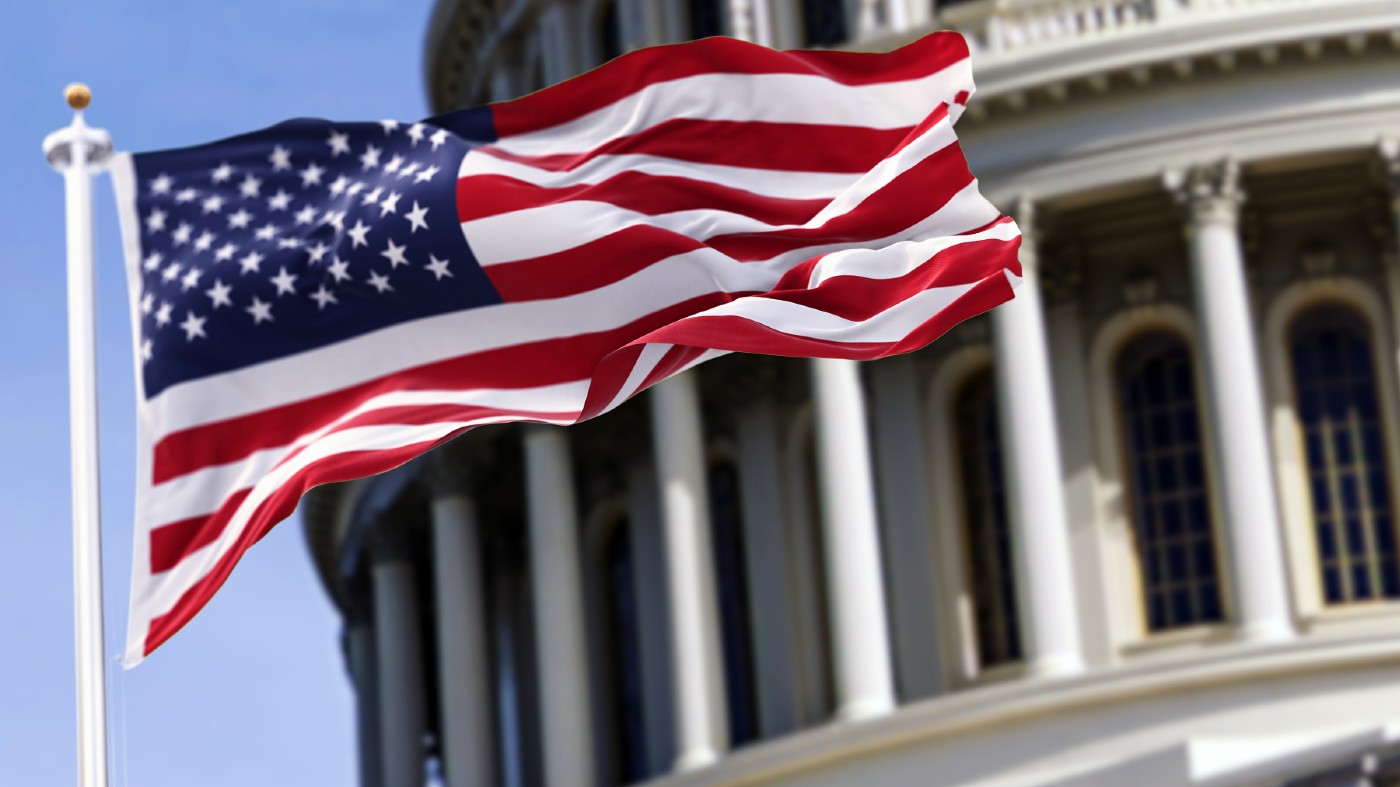The performance of the S&P 500 in the last five years has been nothing short of stunning. If I’d put every penny of £10,000 in a tracker fund back in 2019, I’d now have somewhere around £19,500. Throwing the same amount at the FTSE 100 would have left me with about £11,350.
Even though I’m not taking into account dividends or fees here, that’s still an almighty difference.
But since we know what goes up can always come down, would it be madness for me to be stay bullish on the US index today?
Is the S&P overvalued?
One way of approaching this is to look at the Shiller price-to-earnings (P/E) ratio — a valuation measure that takes the price and divides it by the average of 10 years of earnings, adjusted for inflation. The idea is that this will smooth out any economic cycle and provide a more accurate gauge.
As things stand, the US market has a Shiller P/E ratio of 37. To put that in perspective, it’s only ever been more expensive on two occasions. The first of these was in December 1999; the second was in November 2021.
Both times, the index performed poorly not long afterward.
Top stock
One S&P 500 member that’s playing a key role in this valuation is chip maker Nvidia (NASDQ: NVDA). Thanks to the incredible performance of its stock, this company now represents around 6% of the index.
The issue for me is that this business now trades on a very steep valuation itself. That’s not surprising given how well it’s delivered on its growth strategy. But things could get dicey if Nvidia doesn’t execute everything perfectly from here. Indeed, we saw just how skittish traders are getting when the company last reported on earnings in August and the share price bounced around.
I’m very much a believer in the AI story from an investment perspective. But big expectations are often followed by bitter disappointment. And this risk increases if the US were hit by a recession.
Interest rate cut
Whether this happens is open to debate. Interestingly, the Federal Reserve’s decision to begin lowering interest rates in September has only pushed the S&P 500 even higher. And while we should always treat forecasts with a pinch of salt, economists at Goldman Sachs recently cut the chances of a recession happening in the next 12 months from 20% to 15%.
There’s an election next month too. Should the outcome to be deemed positive for investors, the US index may continue setting record highs.
Long-term focus
I don’t think it would be madness for me to buy a slice of the S&P 500 today. This is assuming I can stick to the Foolish principle of investing for years rather than weeks or months. After all, equities have consistently outperformed all other assets over the very long term so far.
All that said, I prefer to get my exposure to the US via a global ETF (exchange-traded fund) rather than via the S&P 500.
Yes, this may lead to lower returns if the latter continues to fire on all cylinders. But I prefer to sleep at night. And having my money spread around the world (while still heavily weighted to US stocks) matches my risk tolerance nicely.
This post was originally published on Motley Fool





